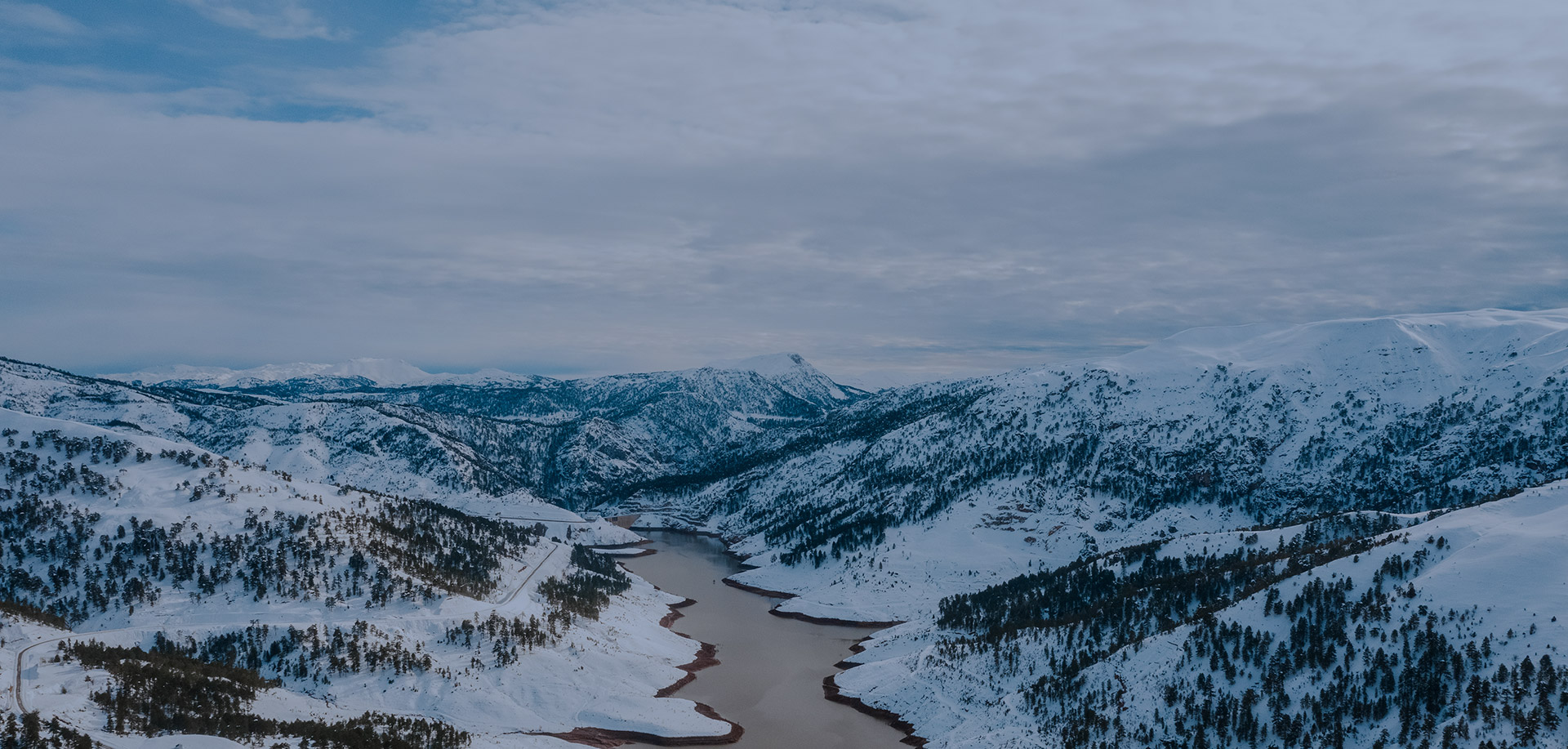- Home
- Education
Research in Arctic 101

Arctic Research in Svalbard
Arctic Research in SvalbardSvalbard serves as the strategic gateway to the Arctic for the Taiwan Polar Institute, offering a unique and accessible platform for launching long-term, cross-disciplinary research initiatives. Located in one of the northernmost inhabited regions on Earth, Svalbard provides an ideal environment for studying climate change, ecosystem dynamics, and related topics. Through close collaboration with international partners, we actively contribute to global scientific efforts while embedding ESG principles into our research practices to promote sustainability and responsible science.
In addition to advancing scientific knowledge, we are committed to science communication—bridging research and society to enhance public awareness and policy engagement. Before launching a new research project, we believe it is essential to first understand the local culture, legal frameworks, and governance systems.
This understanding not only strengthens collaboration with local institutions but also ensures that research is conducted respectfully, lawfully, and sustainably.
To support researchers, we offer a “Research in Svalbard 101” guide as a practical reference for planning and carrying out scientific activities in this uniquely regulated and environmentally sensitive region.
Guidelines for Conducting Research in Svalbard
1. Register Your Project
All research projects in Svalbard must be registered in the Research in Svalbard (RiS) database before starting fieldwork.
2. Check for Required Permits
Depending on your activity, multiple permits may be necessary. Apply well in advance, as processing can take time.
-
Governor of Svalbard – for permits related to:
-
Environmental protection
-
Travel plans
-
Use of drones
-
Collection of biological, geological, and cultural material
 Sysselmesteren (Governor) of Svalbard
Sysselmesteren (Governor) of Svalbard -
Norwegian Animal Research Authority (Mattilsynet) – for work involving handling or tagging of animals.
 Animal Research Permits
Animal Research Permits -
Norwegian Radiation and Nuclear Safety Authority (DSA) – if using radioactive sources.
 DSA Permits
DSA Permits
3. Environmental and Ethical Considerations
-
Follow Svalbard Environmental Protection Act.
-
Respect protected areas and wildlife (especially polar bears).
-
Use non-invasive research methods when possible.
-
Ethical approval may be required for some human or animal studies.
![]() Svalbard Environmental Protection Act
Svalbard Environmental Protection Act
4. Health and Safety
-
Fieldwork in Svalbard can be dangerous due to extreme weather and wildlife.
-
Proper training in polar bear safety, first aid, and use of firearms (if needed) is recommended.
-
Travel insurance and emergency planning are essential.
-
Notify local authorities or logistical providers about your fieldwork plans.
5. Logistics and Infrastructure
-
Research infrastructure is concentrated in Longyearbyen, Ny-Ålesund, Barentsburg, and Hornsund.
-
Plan transport (snowmobiles, boats, helicopters), accommodation, food, and field equipment in advance.
-
Local institutions and logistics providers can support your planning.
6. Collaboration
-
International collaboration is encouraged.
-
Use the RiS database to find and connect with other projects.
-
Contact Taiwan Polar Institute for collaborations possibilities.
7. Data Sharing and Reporting
-
Projects should share data and results openly, when possible.
-
Publications should acknowledge research conducted in Svalbard and be added to the RiS database.
-
After fieldwork, update your RiS project entry with relevant outcomes.
Summary Checklist:
![]() Register in RiS
Register in RiS![]() Apply for necessary permits
Apply for necessary permits![]() Follow ethical and environmental guidelines
Follow ethical and environmental guidelines![]() Ensure health and safety preparedness
Ensure health and safety preparedness![]() Coordinate logistics early
Coordinate logistics early![]() Promote data sharing and collaboration
Promote data sharing and collaboration
